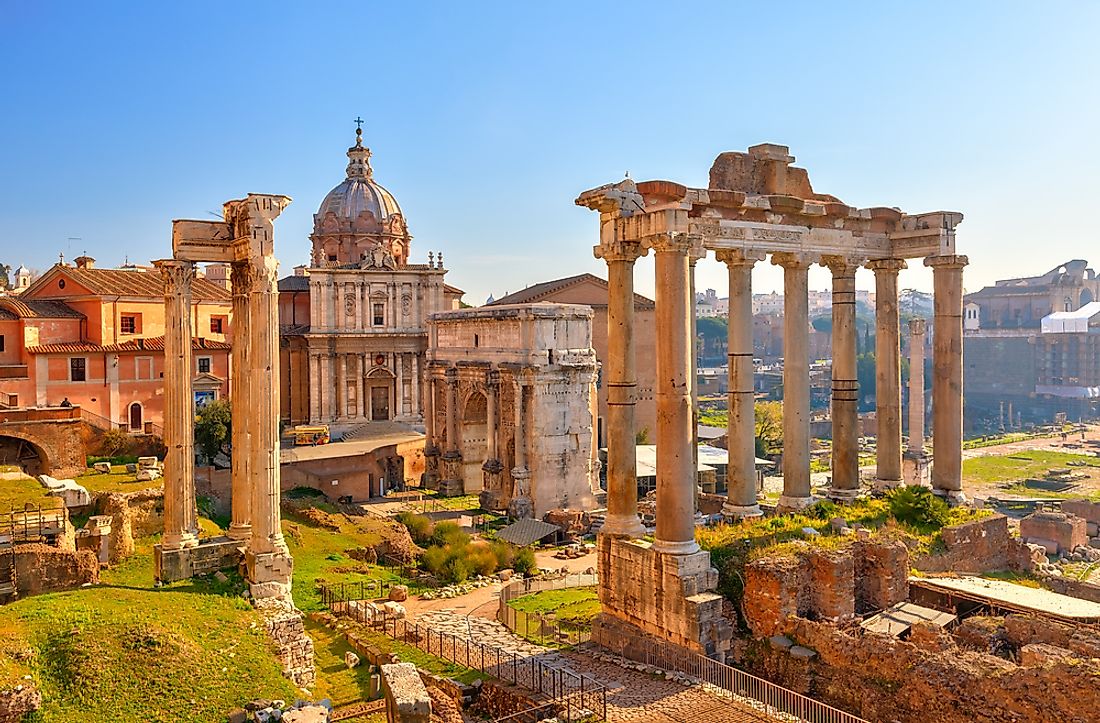Which Feature of Ancient Rome Made It a Republic?

The history of ancient Rome is based upon a long period that is spread around thirteen centuries, from the 8th century BCE to the 5th century CE. Over this period, ancient Rome witnessed countless major events of world history, politics, law, religion, culture, technology, and warfare. Starting from a small settlement in the Italian peninsula, ancient Rome developed as a superpower that gained power over five million square kilometers and ruled around twenty percent of world population (with roughly 100 million inhabitants) of that time. During this period, ancient Rome evolved from Kingdom to a Republic and eventually turned into an Empire that ruled and influenced a major portion of the world for five centuries.
The Roman Kingdom
In the Roman kingdom, society was divided into three main divisions: the patricians (ruling class), plebeians (commoners), and slaves. Moreover, there were prominent gender divisions. Only a few families were part of the patrician class, but they had wide control and influence over power, politics, and wealth. All other members of society other than slaves were treated as plebeians and had very few rights as compared to the patricians. Being a privileged class, only patricians had the right to make laws, hold a public office, and own land. This division aroused sentiments of anger among the plebeian class and ignited a political struggle known as the "Conflict of the Orders" with the basic objective of equal political and social rights for all the citizens of Rome.
A woman known as Lucretia changed the course of history that boosted the plebeian struggle for their rights. In 509 BCE, Sextus Tarquinius, the son of Lucius Tarquinius Superbus, the last king of ancient Rome, raped Lucretia, the wife of Lucius Tarquinius Collatinus. Lucius Junius Brutus was angered by Sextus’ shameful act and summoned a comitia to highlight public sentiments over plebeian rights. He instigated and successfully convinced the comitia to overthrow King Tarquin by recalling Lucretia’s rape.
Transition to a Roman Republic
A power shift in ancient Rome made ways for the plebeian struggle for rights. The law of the Twelve Tables was marked as the first recognition of basic rights for all, regardless of their class or status. Initially, the Roman Republic was largely under the control of the patricians, but with the passage of time, plebeians gained the right to vote to elect government officers (Tribunes). The right to vote resulted in a plebeian representation in the Roman Senate and they were granted participation in the legislation.
The elected representation evolved ancient Rome into a republic from a kingdom in its truest sense. It transformed Rome into a new form of government that inspired other nations for centuries, including modern republics of United States of America and France. The Romans made historical achievements during their republican era; one of the most important of which was the rapid expansion of Roman territories that spread from a small area to the entire Mediterranean.
The eventual effect of public representation by all the classes of society appeared as plebeian true representation in Roman Senate. It opened doors for plebeians to gain high ranks in the government, and they were now eligible to become consuls. It effectively reduced legal difference among different classes of society. The Roman concept of the republic form of government prevailed for more than half a century before evolving to Imperialism in 27 BCE.











